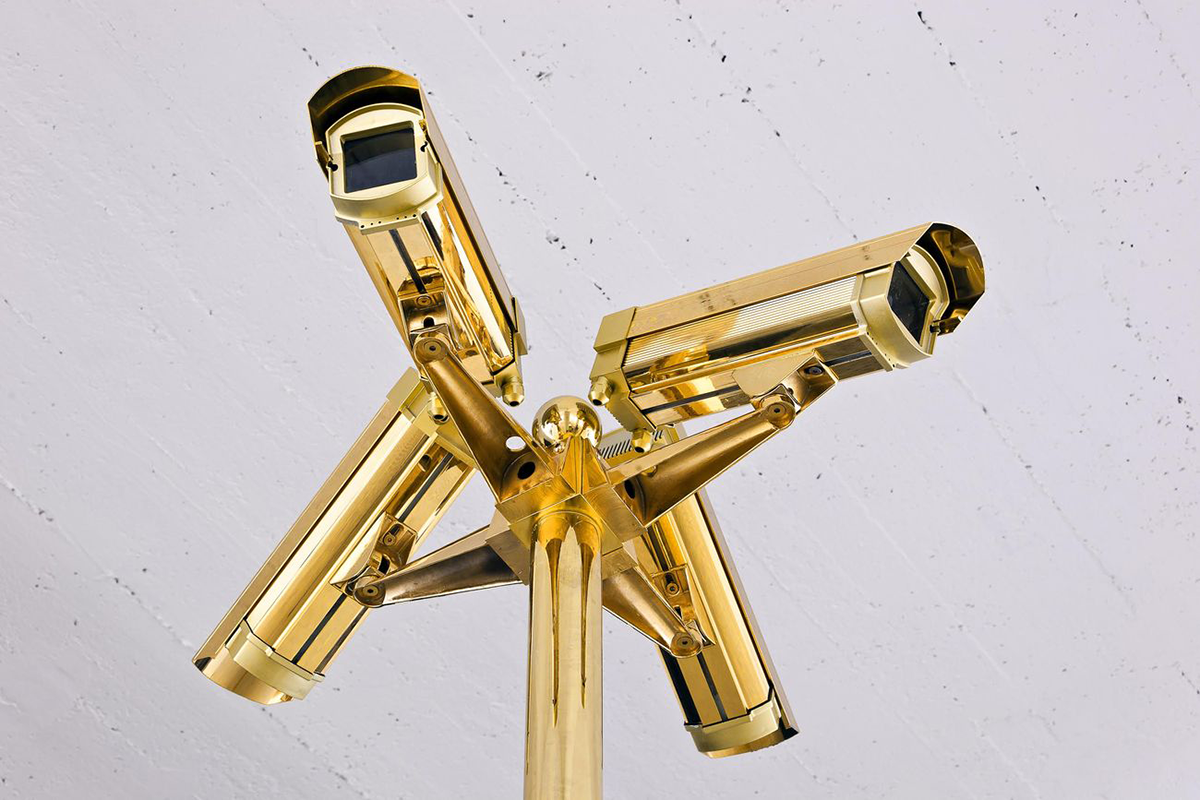Special Topics in Humanities Art of the 21st Century

The art of the 21st century is defined by a continuous hybridization of themes, concepts, methods, and materials that defy conventional limits. By turning reality around, art investigates its internal organization, challenges its precepts, and quizzes it about its contradictions. In a globalized world, increasingly interconnected and culturally diverse, art has become an active agent that contributes to the formulation of new ideas. Challenging many of the preconceptions that try to keep art within predictable boundaries, it has welcomed subaltern voices, traditionally overlooked. Audiences have multiplied and have taken on a new role, given that many artists consider them essential to complete the meaning of work in art.
The study of contemporary art has become an expanded field, that includes a real-time dialogue with science, philosophy, politics, and, in a broader sense, countless additional fields of knowledge. In this course, we will analyze the rapid evolution of events in the last two decades. We will examine the institutions, such as museums, the global and powerful art market, media, and academia as agents of a complex web of interests that affect both the production and reception of art. We will combine readings of essential texts, both theory and criticism; the analysis of many of the key concepts that emerged over the last few years; and, above all, the study of the work of artists -both individuals and collectives - that have paved the way for others while giving us a fascinating analysis of the world we live in.
HISTART Distribution Requirements: Modern and Contemporary
Image: Halil Altindere, Mobese, 2011.